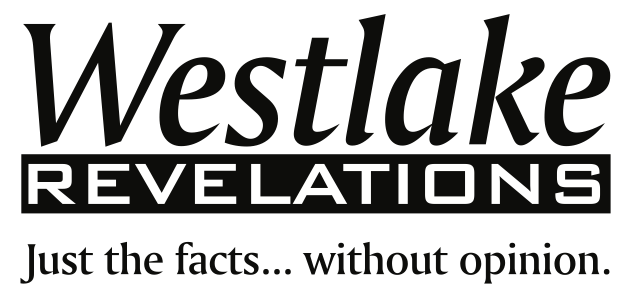Synopsis
In a move to save taxpayer money on both lower interest rates, and lower construction costs, the Las Virgenes Unified School District has issued bonds a year earlier than planned.
While this move will save taxpayers $3.2 million over the life of the loan (according to LVUSD), none of this savings can be used towards operation expenses including personnel costs (teacher and classified employee salaries, benefits and taxes). Why? Because the bonds relate exclusively to capital items that can be depreciated over time (e.g., buildings, construction, computers, etc…)
Full press release from the District below.
Full Press Release
LAS VIRGENES UNIFIED SCHOOL DISTRICT SAVES TAXPAYERS $3.2 MILLION UTILIZING LOW COST BORROWING UNDER THE FEDERAL STIMULUS PACKAGE
On December 7th, the Las Virgenes Unified School District issued $43 million in general obligation bonds, at an average interest rate of 4.87%. The Board took action to issue these bonds approximately one year earlier than originally planned, in order to take advantage of the low interest rates and the current low construction costs, therefore saving the taxpayers of the community millions of dollars. The funds will be used to complete the remodeling of Lindero Canyon Middle School, build Performing Arts Education Centers at both Agoura and Calabasas High Schools, and maintain the technology infrastructure throughout the District. These bonds were primarily purchased by major investment firms, although all the parents in the District were notified the moment they went to market through the District’s Connect-Ed mass notification email system.
The vast majority of the issuance ($39 million) took advantage of the low interest financing mechanism recently passed in the Federal Stimulus package via the American Recovery and Reinvestment Act (“ARRA”). The use of this financing program alone will save the taxpayers $3.2 million over the life of the bonds. Additionally, the District was able to re-affirm its credit ratings of Aa3/AA- resulting in additional savings to the taxpayers of $400,000 by not requiring the issuance to be insured prior to sale.


